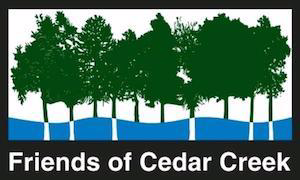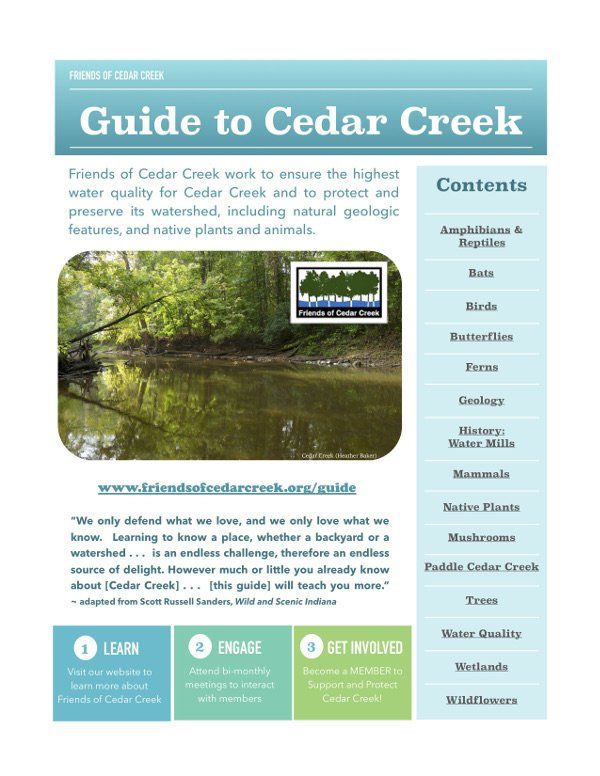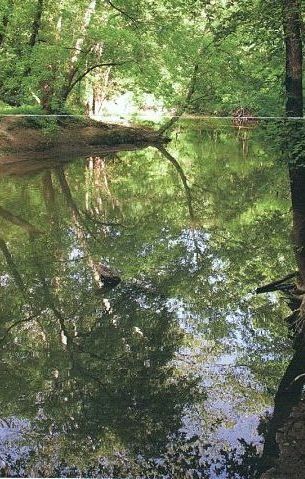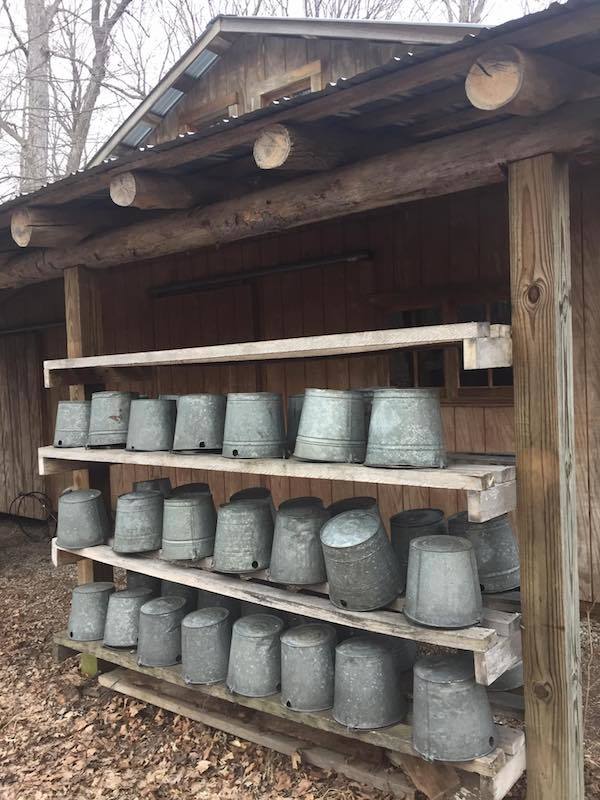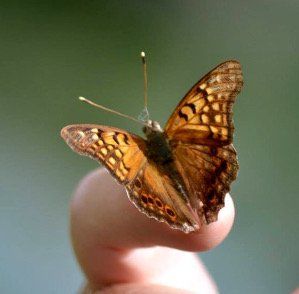Guide to Cedar Creek
Respecting & Protecting BatsKathy and Kurt Hubrecht
Brown Bat receiving medical attention at Going Bats Rescue (Heather Baker)
Bats are amazing creatures--an important and beneficial part of our ecosystem. Because they are often misunderstood, they are often mistreated. In the past 25 years, Indiana bats have declined by about 50 percent. As a result, in 1967, the United States government classified Indiana bats as an endangered species. Cedar Creek resident and bat rehabilitator Bob Walton says: “56% of America’s bats are either endangered or candidates for the [endangered] list.”
Common in the Cedar Creek area are the little brown bat, Myotis lucifugus; the big brown bat, Eptesicus fuscus; and the silver haired bat, Lasionycteris noctivagans. The Indiana bat, Myotis sodalis, is a medium-sized, dull gray bat, head and body 1.5 to 2 inches, weighing 1/4 of an ounce and differentiated from other bat species by feet size and length of toe hairs. Indiana bats live an average of five to 10 years (some as long as 14 years), roosting under the peeling bark of dead and dying trees and hibernating primarily in caves and mines.
Most bats are very difficult to distinguish from their cousins. Although fewer than 1% have rabies, you should never handle bats barehanded.
Bats deserve our respect and protection for many reasons.
Picture yourself at the end of a hot summer day...you walk outside to relax, to enjoy the cooler evening air... and...mosquitoes attack. Instead of retreating inside or spraying yourself with insect repellent, you could be protected by a nearby colony of bats.
All bats feed on night-flying insects, including moths, beetles, mosquitoes, and midges. Bats consume vast quantities of insects that not only pester humans but also damage agriculture. A single bat will eat up to 3,000 insects in one evening (and many insects avoid areas where they hear bats). As primary predators of night-flying insects, bats play a key role in the balance of nature.
Five ways you can support bats:
More to Explore . . .
- Going Bats: A Rehabilitation Residence for Injured and Displaced Bats.
http://www.goingbats.org.
- "Native Plants." Carol Roberts. Guide to Cedar Creek. 2017.
http://friendsofcedarcreek.org/guide-nativeplants.php.
- Organization for Bat Conservation http://www.batconservation.org.
